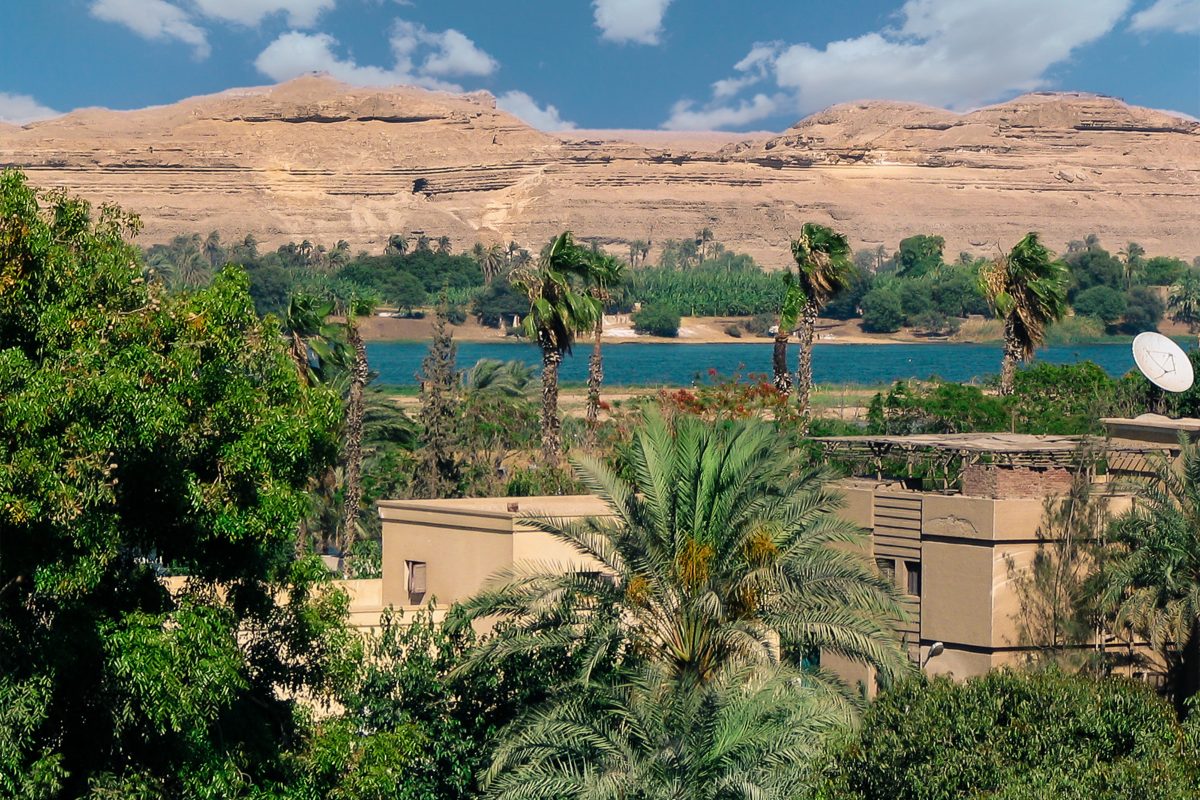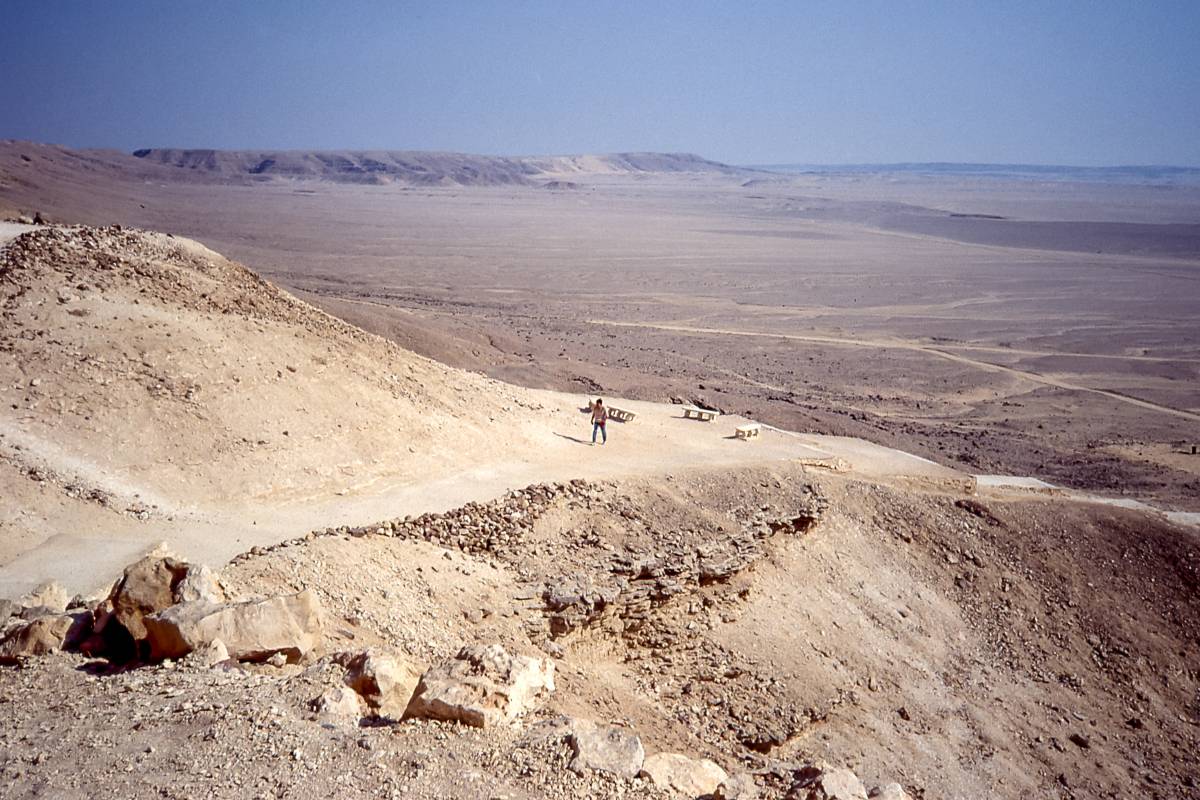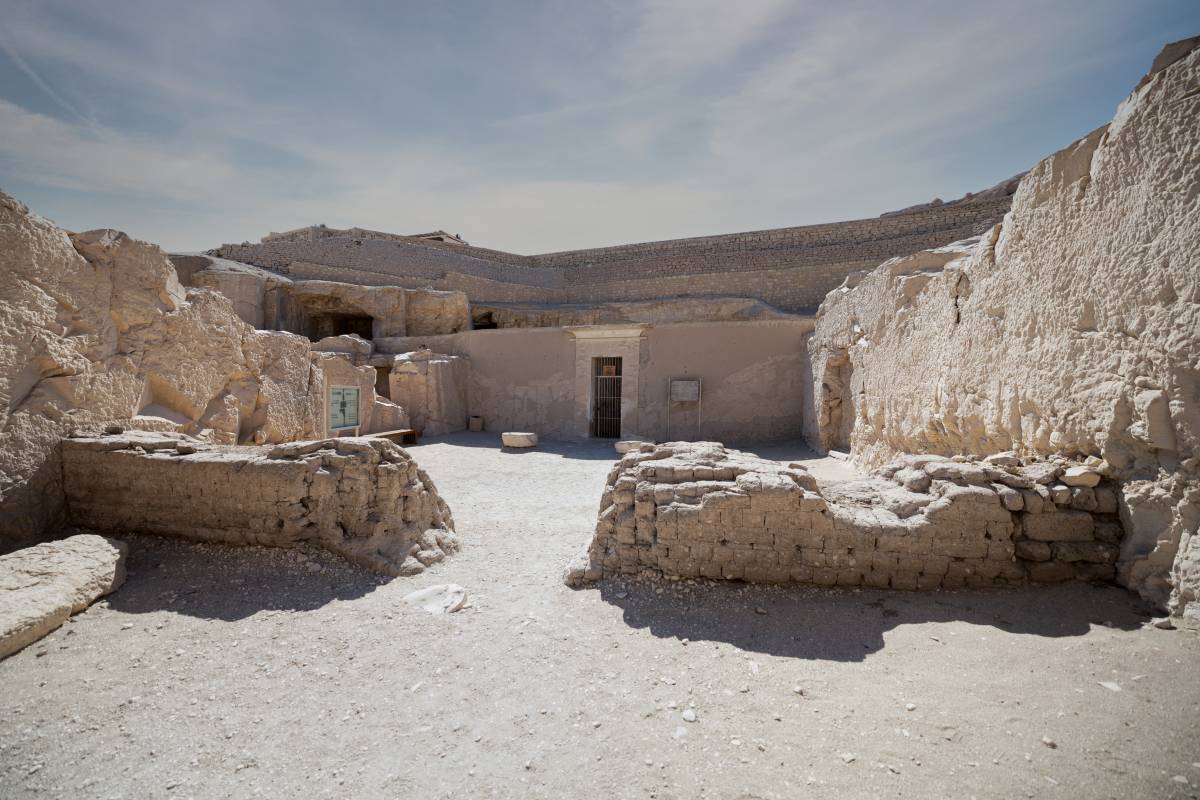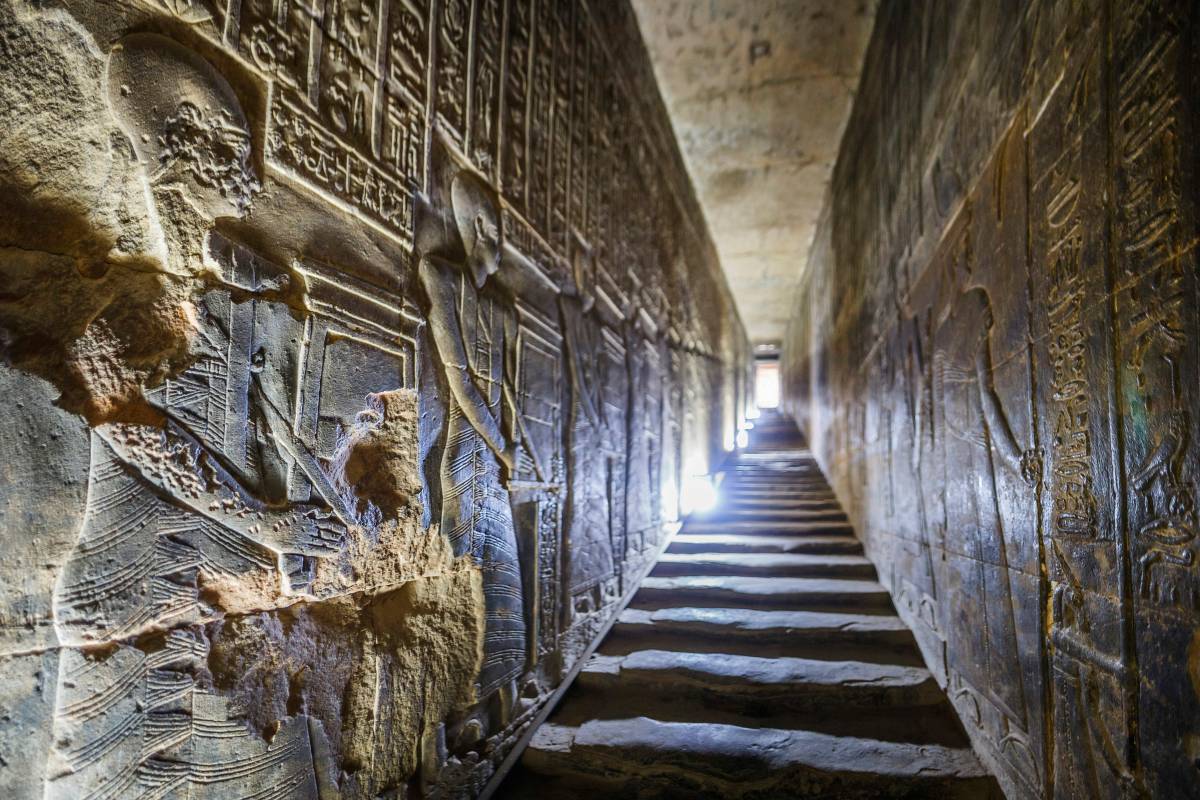Middle Egypt is often overlooked by travelers as they rush between Lower and Upper Egypt or snooze on overnight trains. It’s the hidden gem of the country, waiting to be explored by those willing to venture off the beaten path. Despite its lesser-known status, Middle Egypt is bursting with fascinating attractions and authentic character.
If you’re looking to discover this intriguing region, we’ve got you covered with detailed information on where to go and what to see. However, we strongly recommend enlisting the help of trusted local professionals to ensure your safety and fully appreciate the essence of Middle Egypt. So, pack your bags and get ready for an unforgettable adventure!
When it comes to Middle Egypt, you won’t find it on any maps or atlases. This term doesn’t correspond to any current Governorate or ancient kingdom, but it does refer to a subdivision that was created during the Greco-Roman period. Traditionally, Egypt has been divided into two major geographical areas: Lower Egypt, which encompasses the Nile Delta, and Upper Egypt, which covers the Nile Valley from the first cataract to the beginning of the Delta, near ancient Memphis. You can find more information about this on our page about the Geography of Egypt.
Despite not having a specific geographic definition, Middle Egypt is a term that is widely used in the tourism industry today. It refers to the region that lies halfway between Lower and Upper Egypt, specifically between Al Minia and Qena. Although the Greco-Roman administrative demarcation only reached as far as Asiut, Middle Egypt is considered a cultural transition zone between both territories.
While Middle Egypt is historically and geographically part of Upper Egypt, it has distinct cultural characteristics that set it apart. In some aspects, such as spoken language, some cities in Middle Egypt are closer to the Delta than to other regions in the south of the country.
Traveling to Middle Egypt is an excellent choice for those who have already experienced Egypt’s well-known attractions, such as the Pyramids of Giza, Cairo, Luxor with its Valley of the Kings, Abu Simbel, or cruises along the Upper Egypt. With so many fascinating places of interest, it’s impossible to encompass them all in a single trip.
It’s essential to avoid confusion between the term ‘Middle Egypt’ and the ‘Middle Kingdom of Ancient Egypt,’ which refers to a specific period (ca. 2050-1750 BC, XI and XII dynasties) when the country was reunified with Thebes (Luxor) as its capital.
Middle Egypt is an area where agriculture and primary sector activities play a significant role. In rural areas, traditional scenes can still be witnessed, such as women and young girls washing clothes on the banks of the Nile and fellahin peasants working the fields with oxen.
However, the cities of Middle Egypt have experienced considerable population growth in recent decades, leading to more orderly development. Life in these cities is less chaotic than in Cairo, and while the average salary may be lower, the lower cost of living, particularly in housing, makes life easier for locals. Tourism is an emerging sector, slowly increasing in popularity, but it is still far from the level of other industries like agriculture (sugar cane, potatoes, onions, legumes) or different types of manufacturing, such as food or construction materials.
The climate in Middle Egypt is a transition between the desert climate found in Cairo and Luxor. It is characterized by scorching summers, warm winters, a significant temperature swing between day and night, intense sun exposure, low humidity (averaging slightly above 40% per year), and minimal rainfall. It is crucial to protect your head, eyes, and skin adequately and have potable water at hand.
The cities of Middle Egypt line up along the Nile riverbanks, offering monuments of interest related to Ancient Egypt, Muslim culture, and the Coptic Christian tradition. While they are smaller in comparison to those in Lower Egypt, they are still worth exploring. Below is a list of these cities from north to south, although if you start from Luxor, you will encounter them in reverse order.

Al Minya still boasts elegant buildings that evoke its prosperous past when it was the epicenter of the country’s cotton industry, although many are currently neglected. It is not a monumental city, but taking a stroll through it will allow travelers to observe scenes of daily life in Middle Egypt, such as groups of friends playing dominoes on street-level terraces.
One of the best walks is along the Corniche, which follows the Nile. The most eye-catching structure along the route is the Akhenaton Museum (or Aten Museum) located on the other side of the river. Although the interior remains unfinished, the building is a modern reinterpretation of ancient pyramids, and the cost of its design was a gift from German authorities, as a result of collaboration between this museum and the Roemer-und Pelizaeus Museum in Hildesheim. However, the Egyptian government’s ultimate goal is to exhibit the famous bust of Nefertiti here, currently in the Neues Museum in Berlin. In doing so, it would accompany that of her husband, the famous and controversial Akhenaton, which will be part of the museum’s collection. In addition to pieces rescued from different sites in the area, mainly from Tell el Amarna, will also be exhibited.
Although Al Minya does not have as many monuments of interest as other cities in Middle Egypt or the rest of the country, this city is a good starting point for discovering other places in the surrounding area that make up for that lack. In fact, this city and its hotels are often used as a base from which to visit Tell el Amarna, almost 60 km south of the city.
Closer to Al Minya are other interesting sites. One of the most surprising is the so-called ‘Place of the Dead’ (Zawiyyet al-Mayyitin), located about 7 km to the south on the eastern bank of the river. Considered one of the largest cemeteries on the continent, it draws attention for the peculiar arrangement of the adobe domes of the graves, which give the whole complex an original look of egg cups. With the Nile on one side and the rocky hills of Middle Egypt on the other, it offers an unforgettable panoramic view.
Continuing south, about 16 km from the city, is Beni Hasan, a complex of rock-cut tombs dating back to ancient Egypt, although its name comes from some Arab tribes who settled here much later. They mainly date from the Middle Kingdom and number several dozen, although only a few are open to visitors. You can find more information about this site on the page dedicated to Tell el-Amarna.
Several kilometers further south is the Speos Artemidos, another rock-cut temple, built by order of Hatshepsut, the queen-pharaoh of the New Kingdom (18th Dynasty). It has Hathoric columns and a hypostyle hall that still retains a rich iconographic program based on murals.
It’s also worth mentioning Hermopolis Magna, about 40 km south of Al Minya. That was the name given by the ancient Greeks to the capital of the 15th nome of ancient Egypt and the religious center of the god Thoth, although its contemporaries called this city Jnun. And very close to Hermopolis Magna was Tuna el-Gebel, its corresponding necropolis, used from the New Kingdom until the Greco-Roman period. Due to their importance, we also offer extensive information about both places on the page dedicated to Tell el-Amarna.

Located on the eastern bank of the Nile, Amarna is a geographic area in Middle Egypt that is home to one of the most enigmatic archaeological sites of Ancient Egypt – the city of Akhetaton (or Ajetaton). Pharaoh Akhenaton commissioned the construction of this city as his capital and palace residence, where he and his wife Nefertiti broke away from the clergy of Amun of Thebes and established the monotheistic worship of the sun disc Aten.
While there aren’t many standing structures at this site, it offers a glimpse into the Amarna Period, which is crucial to understanding the history, religion, and society of Ancient Egypt. For this reason, passionate Egyptologists and Egyptophiles must visit this site, which can be explored as a day trip from Al Minia or other cities in Middle Egypt.
That’s why we dedicate an entire page to this site, as it can be visited as a day trip from Al Minia or other cities in Middle Egypt.
As we mentioned earlier, Coptic Christianity is one of the tourist attractions of Middle Egypt. According to the Bible, the Holy Family (the Virgin Mary, Saint Joseph, and the Baby Jesus) fled to Egypt and were forced to stay in the country for about four years. Although there is no unanimity about the places where they stayed, the Coptic Christian tradition has established a long list of sites.
One of them is Asiut. It is believed that the area around Asiut was where the Holy Family spent the most time during their exile. Although it is not a very monumental city, it is being promoted as a pilgrimage site or at least as a religious tourist destination. There are numerous churches and monasteries in this city and surrounding towns, but the two most famous and important ones are the Monastery of the Virgin and the Burnt Monastery.
The Monastery of the Virgin is located about 10 km south of the city and is one of the main sacred places for Coptic Christians, who go on a pilgrimage here every August for the Feast of the Virgin, often attracting tens of thousands of people. It was built around the Dirunka Caves, where, according to tradition, the Holy Family sought refuge for some time.
The Burnt Monastery (Deir al-Muharraq), which is about 30 km to the north, is also a sacred complex around some caves that served as a dwelling place for the Virgin, Saint Joseph, and the Baby Jesus and is now the heart of a church. The complex also has other churches of more recent construction and facilities for religious celebrations, such as baptisms.
Sohag is the most important city in Middle Egypt for Christian religious tourism, with a population of about 200,000 inhabitants and two significant monasteries in its surroundings: the White Monastery and the Red Monastery. These monasteries exude history, originally built between the 4th and 5th centuries AD, using stone blocks from previous constructions of Ancient Egypt.
The White Monastery, located about 4 km east of Sohag, was promoted by Saint Pigol and Saint Shenouda, a local saint celebrated with great solemnity in July by the Copts of Middle Egypt and other regions. Its limestone blocks exhibit ancient hieroglyphics, showcasing the reuse of materials from earlier times.
The Red Monastery, founded by Saint Bishoy, a repentant thief and disciple of the aforementioned Saint Shenouda, is smaller but still retains several churches of monumental appearance. It is named for the color of its bricks and located near the White Monastery.
In the urban area of Sohag, there are also two large Christian churches built in the 20th century: the Church of the Sacred Virgin and the Church of Saint George. These landmarks contribute to Sohag’s importance as a destination for those interested in Christian religious tourism.
Of course, Middle Egypt is also home to numerous mosques, some with imposing designs and proportions. One such example is Sidi Arif, with its two large minarets and central dome, all in a beautiful, clear white color. The nearby El-Farshuti mosque is also noteworthy.
For lovers of the Pharaonic era, Sohag has much to offer. Just across the Nile, on the eastern bank, is Akhmim, the Egyptian village that the ancient Greeks called Panopolis, the capital of the IX nome according to that administrative division. In the heart of the current population, visitors can find an Open-Air Museum, arranged where the Temple of Amun was located, among other structures. Today, remains of that and other constructions can be seen, and the most noteworthy are undoubtedly its colossal statues, especially the one of Meritamon, daughter of Ramses II and Nefertari, which stands at 10 meters tall.
The archaeological finds from this site have also served to enrich the collections of the National Museum of Sohag, also called the Pharaonic Museum, which was recently built and inaugurated. The museum displays its collections in rooms distributed over about 9,000 m2 of surface area. It also contains important pieces brought from nearby Abidos, as well as from other museums. In addition, the museum exhibits Christian objects from the Coptic Museum in Cairo. The numerous textile creations from Ancient Egypt are also noteworthy, as they were highly valued in their time, with the shrouds in which the pharaohs were wrapped in their burials believed to have been made here.

Abidos was one of the most sacred cities in Ancient Egypt, known for its devotion to the god Osiris. While other cities like Memphis, Heliopolis, and Thebes also had significant temples, Abidos held unparalleled importance for its followers, especially during the end of the Old Kingdom. It was already a place of significance long before that, with rulers from the pre-dynastic and early dynasties buried here.
The ancient Egyptians believed that the gateway to the world of spirits was in the desert mountains of Abidos, making it a popular pilgrimage destination.
Today, Abidos is an open-air archaeological park surrounded by a small village. While the nearest town is Al-Balyana, it’s more common for visitors to travel from Luxor or Sohag.

Dendera is a fascinating monument of Ancient Egypt located next to Qena, the southernmost city in Middle Egypt with a population of nearly 200,000 inhabitants. However, it is more common to plan a visit from Luxor. Due to its importance, we have also prepared a separate page for Dendera, which you can access from here.
Qena does not receive as much tourism as its neighboring cities, Dendera and Luxor, but it still has plenty to offer. While it may not have much to offer in terms of Ancient Egypt, it boasts some of the most impressive Islamic architecture in the region. Notably, the Sidi Abd Er-Rahim mosque, which features a stunning minaret and a beautifully decorated zigzag dome.
Middle Egypt is a vast region that spans about 350 kilometers from north to south. Therefore, it has two airports that serve its cities:
These airports mainly receive flights from Cairo, although they also have connections with other cities in the Middle East.
The main cities in Middle Egypt have central train stations, as the railway line that connects Cairo with Luxor and Aswan runs through here. However, the overnight trains, which are the most used by tourists, usually do not stop at these stations. Therefore, the options to reach them are only offered by daytime trains, which are mostly used by the local population, and the comfort level is not comparable to that of overnight trains.
If you prefer to travel by bus, several main bus companies include some cities in Middle Egypt in their network of long-distance routes, especially Asyut and Qena.
Another option is to navigate the Nile. Although the most spectacular cruises usually take place upstream, between Esna and Aswan, there are also other routes that navigate Middle Egypt. These are usually motor ships that can connect distant cities such as Cairo and Aswan, for which about two weeks are needed. In such an extensive itinerary, the time dedicated to visiting Middle Egypt usually takes around four days.
Undoubtedly, private road transport is usually the preferred option for visiting Middle Egypt as it offers the best in terms of comfort, flexibility, and safety. The route through Middle Egypt can be planned from two main starting points: Cairo or Luxor. Here is a list of distances when starting from one or the other:
It’s worth noting that Middle Egypt is also connected to popular Red Sea holiday destinations via a recently constructed highway. Qena, which is strategically located in a bend of the Nile, serves as the nearest city from which a direct highway (No. 60) departs towards Safaga. There are also other branches towards the west, leading to Sohag and Asyut (Highway 75), and towards the east, leading to Hurghada and Marsa Alam (Highway 65). Here are some approximate distances that can be used as a guide to plan your travel itinerary:
After considering all the information provided, you may want to explore the option of organizing day trips from Cairo or Luxor, or even plan a circuit with accommodations in Middle Egypt hotels.
However, keep in mind that having a private vehicle will be essential for getting around the various points of interest in the region. For example, to visit Amarna from Minia or Coptic monasteries from Asiut or Sohag.
At Egipto Exclusivo, we can help you plan your trip to Middle Egypt down to the smallest detail, creating a tailor-made route for you. We provide a driver at your disposal, accommodations of the category you prefer, expert guides at each destination, and quality restaurants throughout the circuit. With our assistance, you can travel through Middle Egypt with ease and enjoy an experience that you will remember for a lifetime!
Fill out the form below to receive a free, no-obligation, tailor-made quote from an agency specialized in Egypt.
Travel agency and DMC specializing in private and tailor-made trips to Egypt.
Mandala Tours, S.L, NIF: B51037471
License: C.I.AN-187782-3